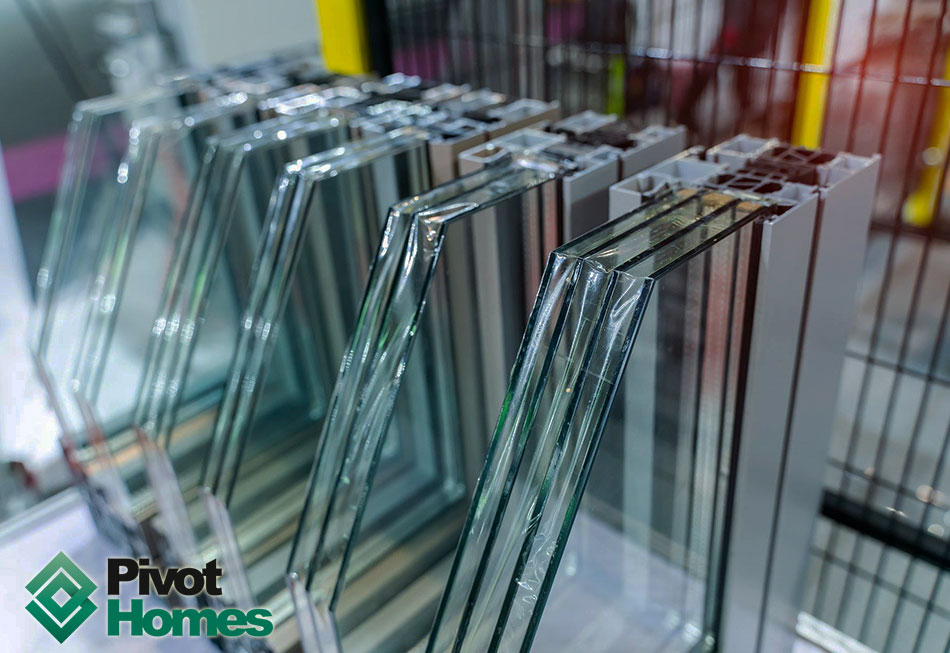All Categories
Featured
Table of Contents
Double Glazing - About Windows - Window Film Excellence in Glen Forrest Perth
That window can send more solar heat in winter season than in summer season. A west-facing window on a summer season's afternoon has an angle of incidence from near 0 up to 30 with a big efficient area of solar radiation. A north-facing window, in summer season, has a high angle of occurrence and a low reliable location of solar radiation, so can transfer less heat than a west-facing one.

You can rapidly and quickly enhance the thermal efficiency of your home by changing your windows. There are thousands of types of glass and frames to select from.
Is Double Glazing Worth It? in Ballajura WA
Single glazing with clear glass is not very efficient when it comes to heat loss or gain. To enhance efficiency, you can utilize single glazing with a more energy-efficient type of glass such as low emissivity (low-e) glass.
Numerous layers can be put together with sealed cavities in between each sheet of glass. IGUs normally provide better energy efficiency than single glazing, due to the fact that they transfer less energy. However, the energy efficiency of IGUs also depends upon: the properties of each layer of glass. Various glass types (for example, clear and low-e glass) can be assembled in an IGU.
Plastic Window Frames - Best Plastic Double Glazed ... in Belmont Western Australia

IGU cavities can be filled with air or a more inert, low-conductivity gas such as argon the width of the cavity. Wider cavities offer lower (much better) U values, with 12mm usually accepted as the preferred gap how well the cavity is sealed.
If argon is installed to the cavity in location of air, moisture is reliably excluded the level of desiccant (drying agent). The spacer (metal or polymer strip) that separates the glass layers contains a desiccant to soak up any wetness. Insufficient desiccant might cause wetness to condense on the glass surface area in cold conditions, minimizing thermal performance.
Insulated Glass Unit – Igu in Kelmscott WA
In truth, IGUs can provide much better energy performance for all climates, specifically in heated and air-conditioned houses. Cross-section detail of single, double and triple-glazing systems Low emissivity glass (frequently known as low-e glass) decreases heat transfer. Low-e glass may be either high or low transmission: High transmission low-e glass has a coating that allows daytime from the sun to pass into the house to attain great solar heat gain, but decreases the quantity of the long wavelength infrared heat that can escape back through the window.
Low-e glass has either a pyrolytic finish or a vacuum-deposited thin movie metal covering. Pyrolytic finishings are resilient and can be utilized for any glazing; vacuum-deposited finishes are soft and are only utilized within IGUs. Low-e finishes can considerably improve both U worth and SHGC; nevertheless, they should be used properly or they will either degrade or fail to perform as required.
Single Vs Double Vs Triple - Which Window Is Right For Your ... in Kalamunda WA
Low-e finishings can be used in mix with clear, toned or reflective glass. Low-e coatings on glazing can lower heat transfer where required Photo: Department of Industry, Science, Energy and Resources Toned glass has actually colouring ingredients included throughout manufacture. It is available in numerous colours, generally bronze, grey, blue and green.
Latest Posts
Diy Double Glaze in Koondoola WA
Glass Selector - Custom Single & Double Glazed ... in Midvale Perth
Does Double Glazing Keep Heat Out in Woodvale Western Australia